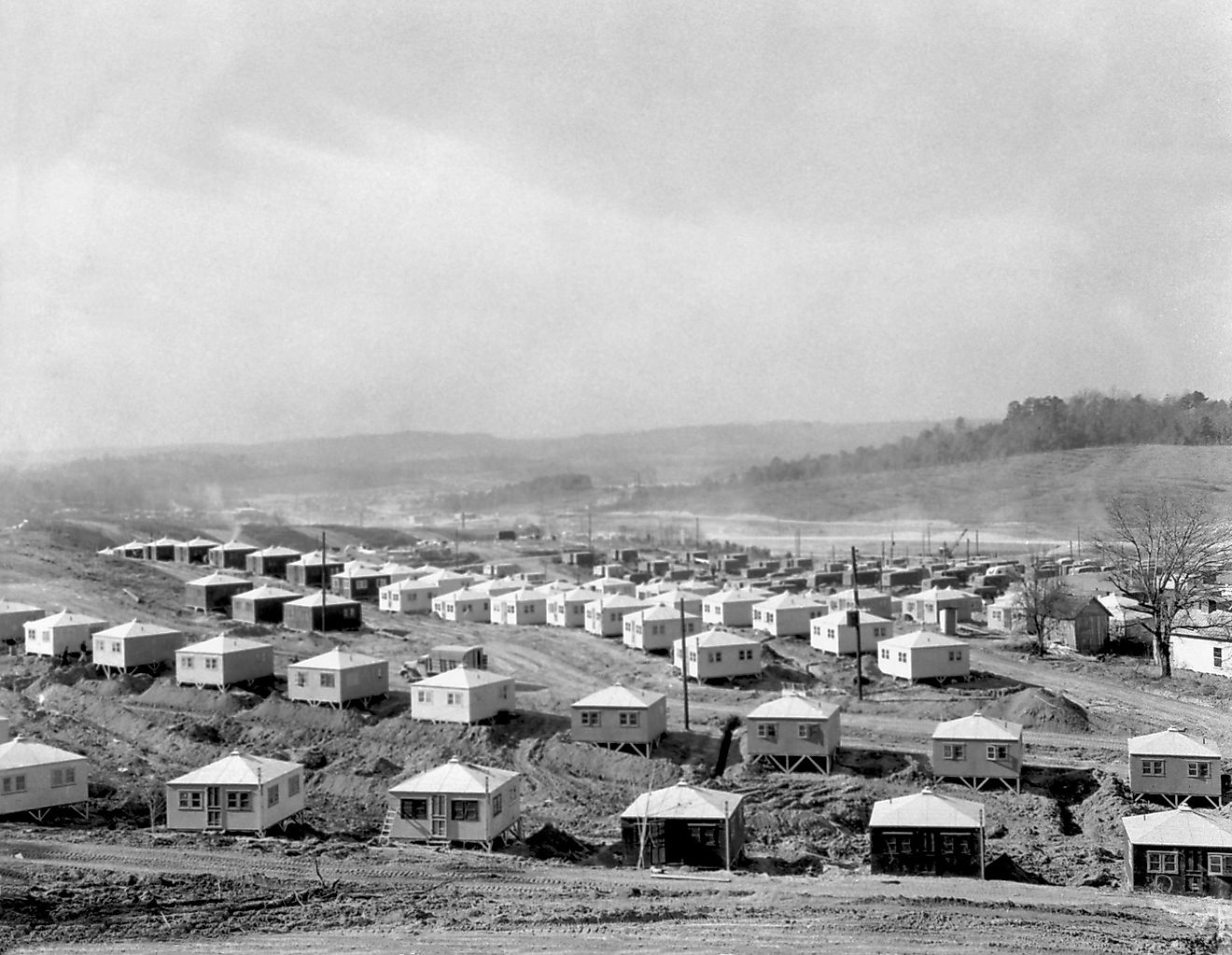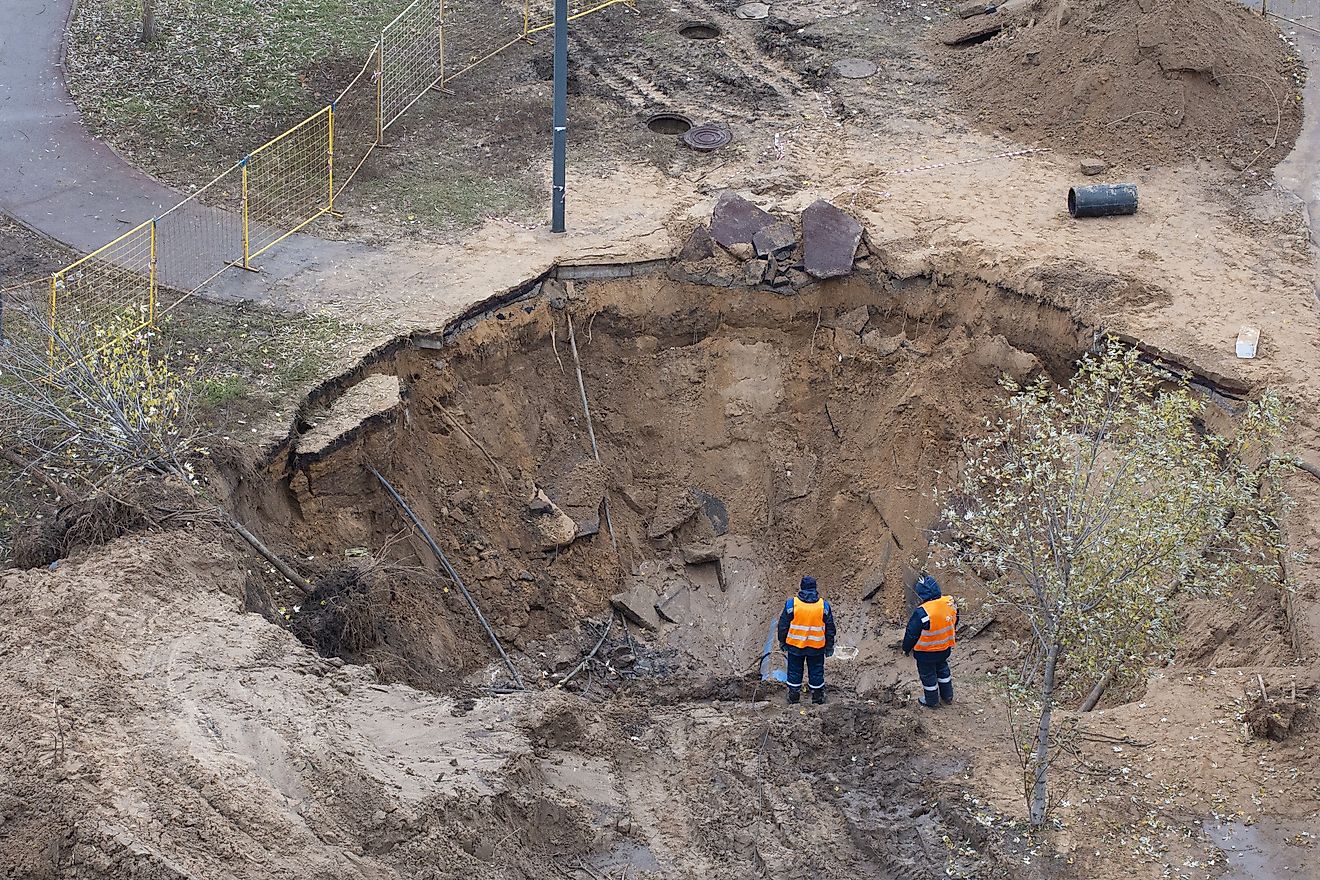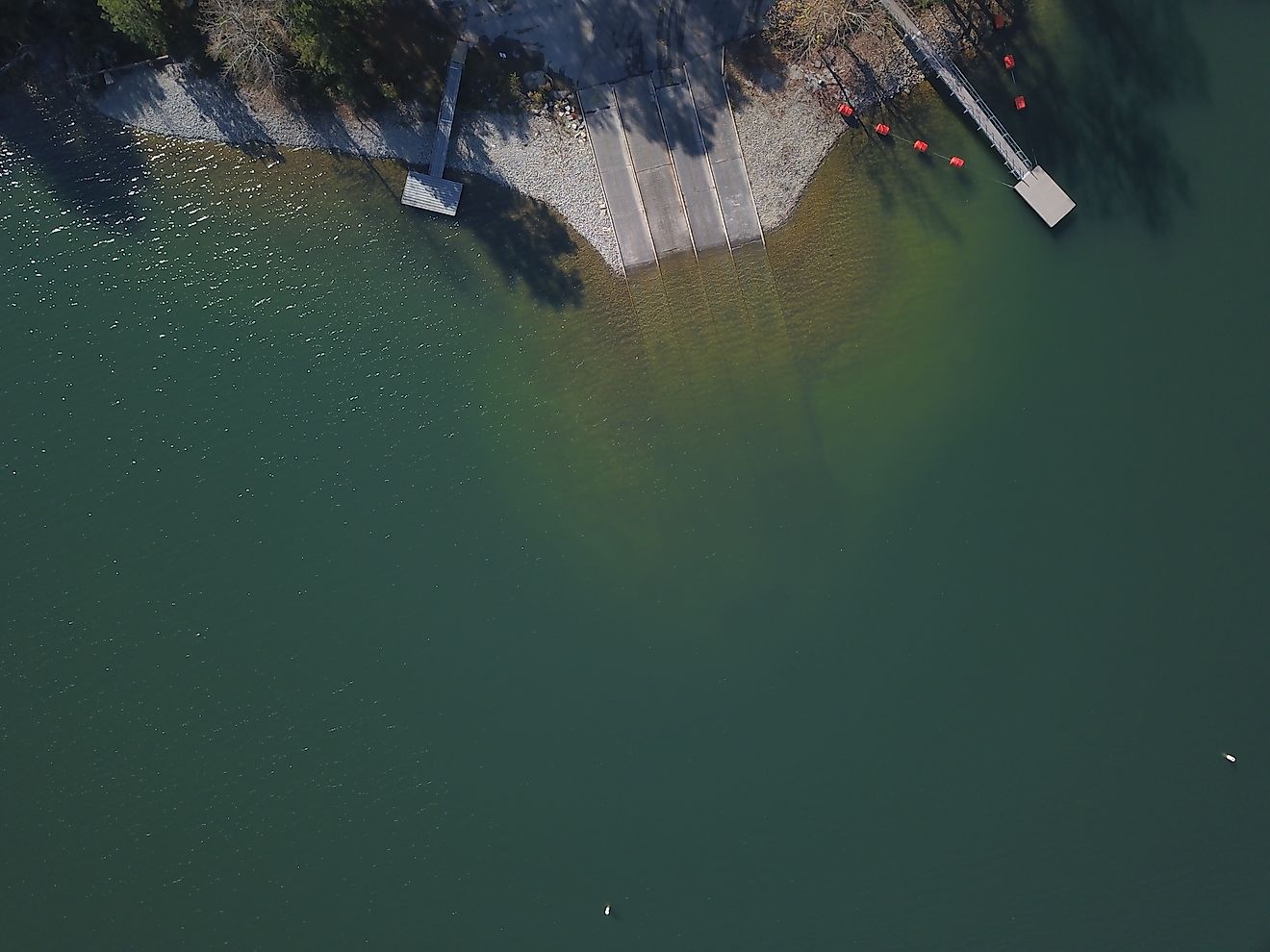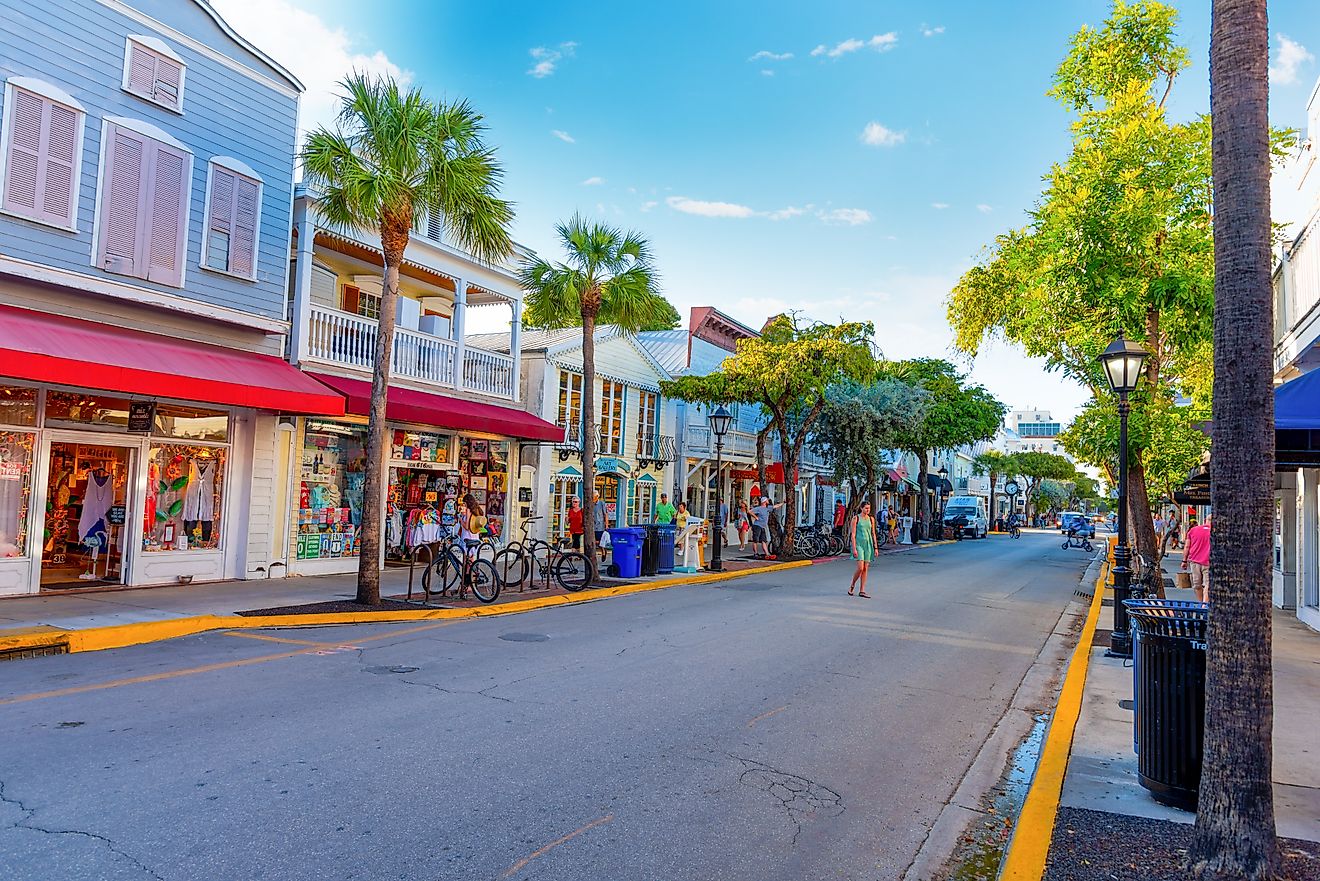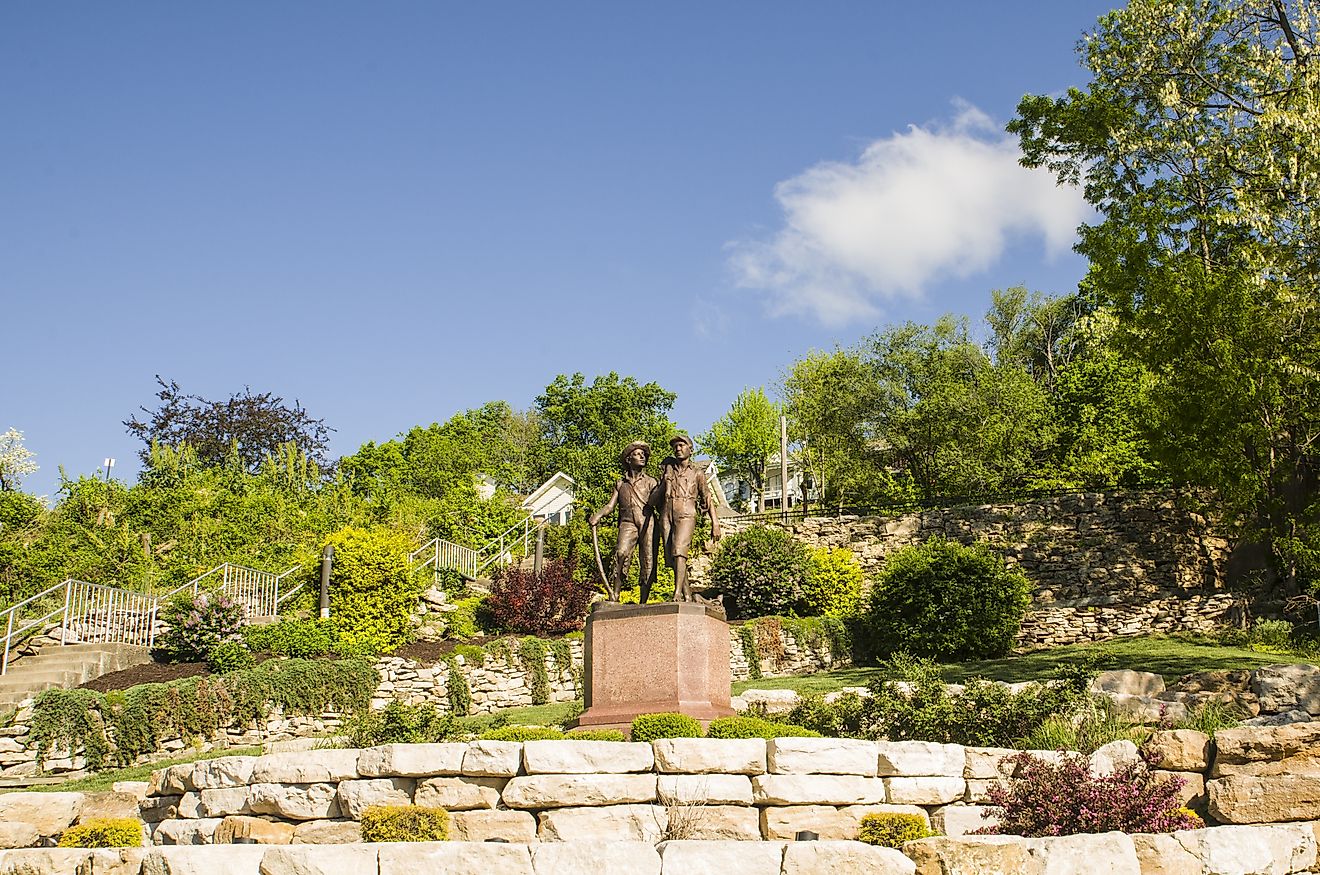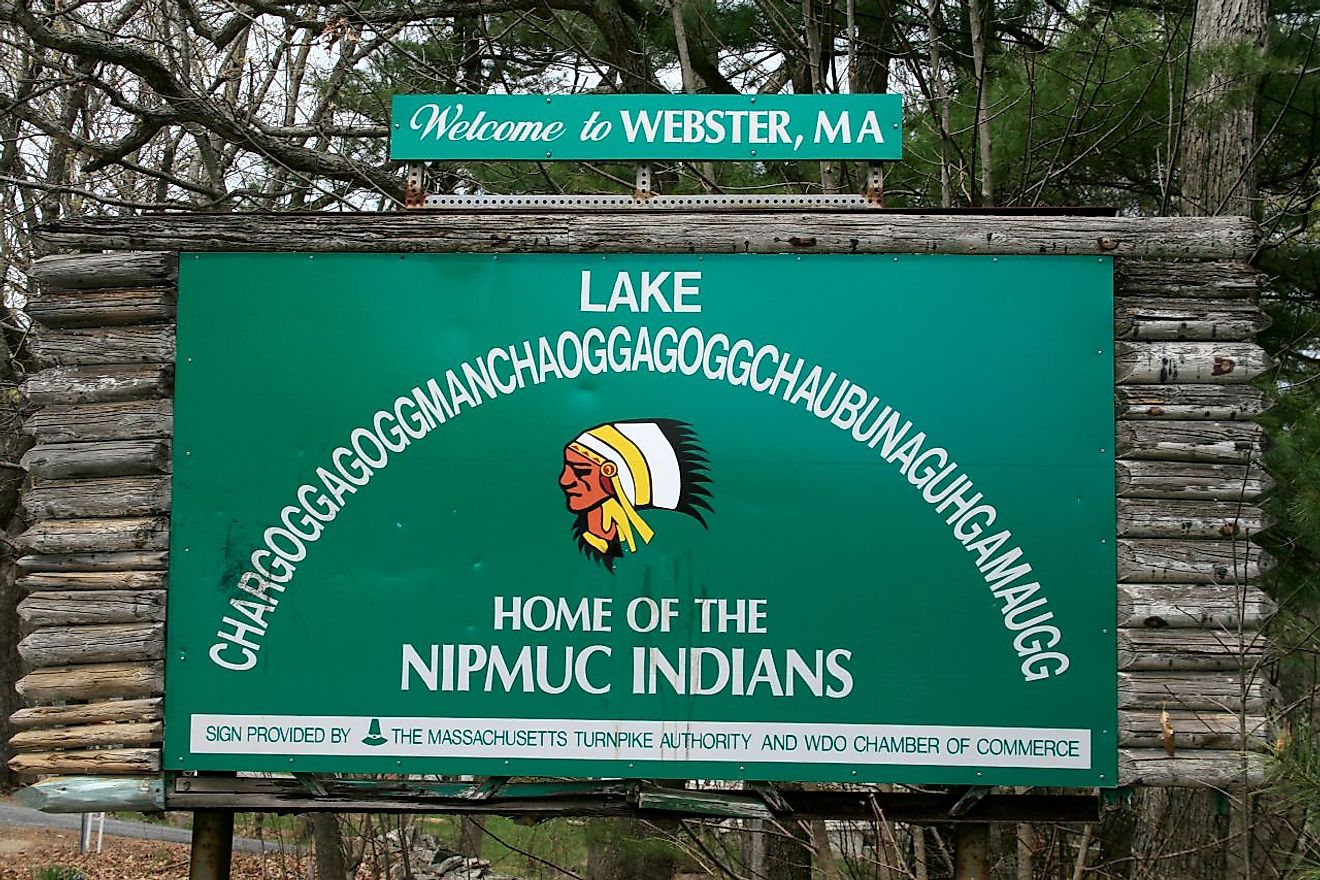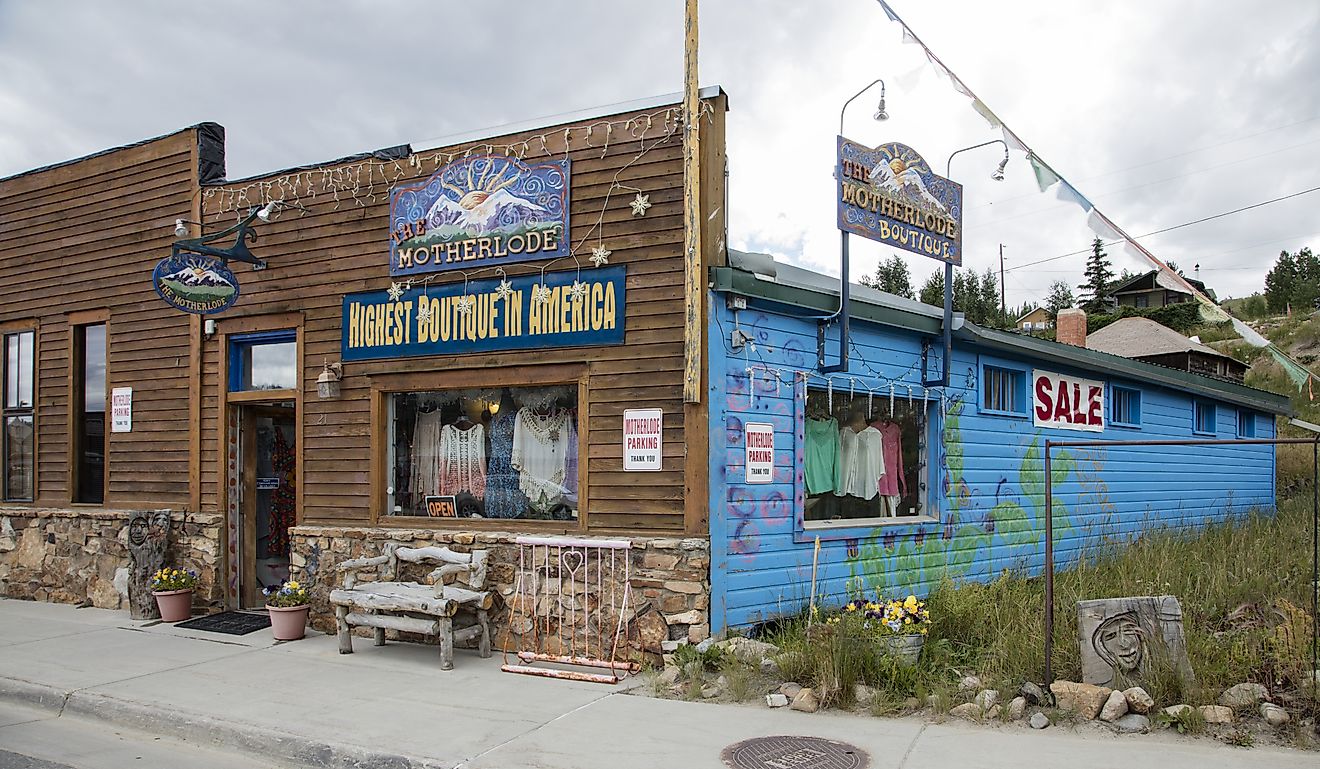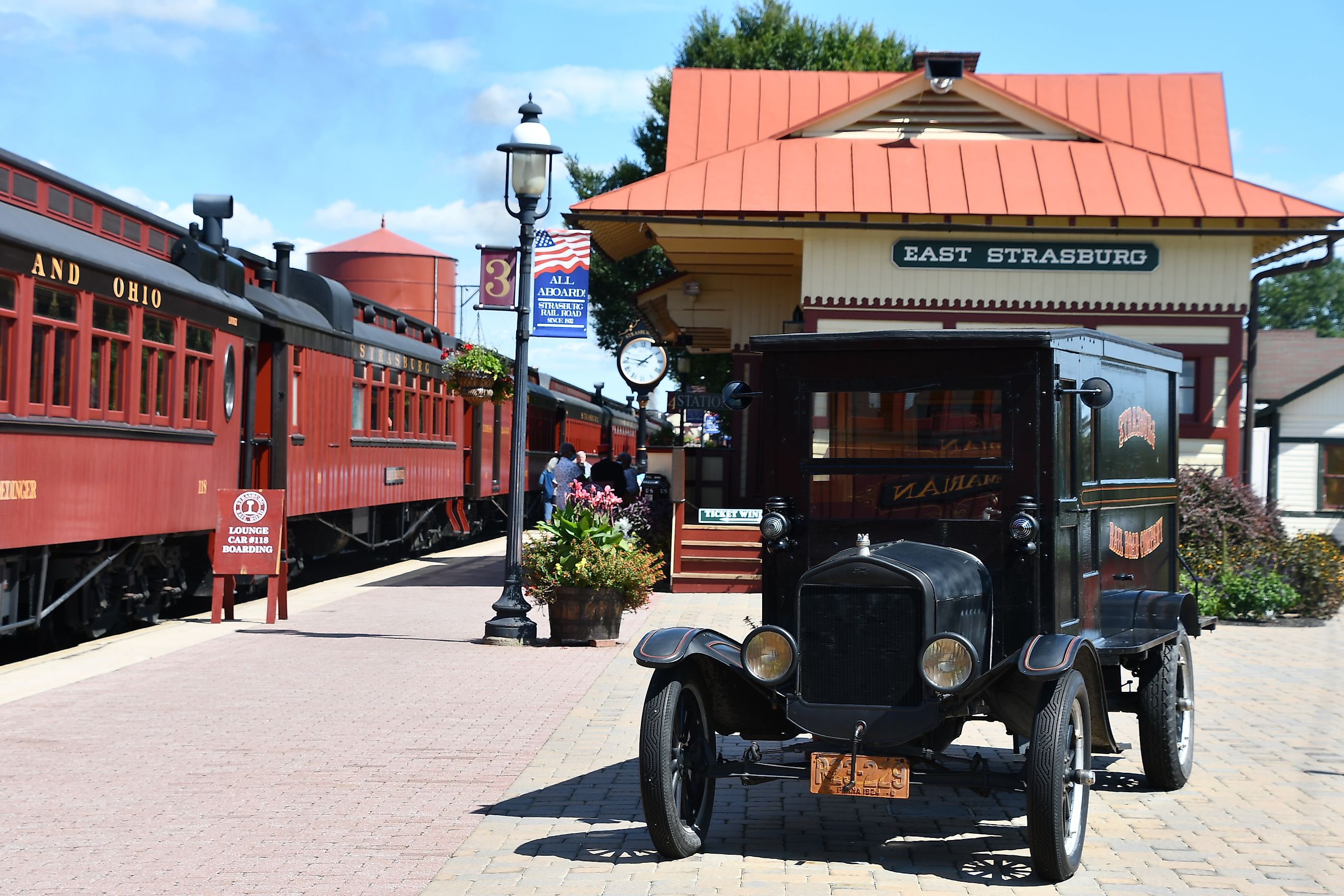
Historic US Train Towns You Can Still Visit Today
Trains helped shape America. During the 19th and early 20th centuries, railroads were the backbone of towns, fueling commerce, culture, and daily life. Many towns emerged along key rail lines or at critical junctions, with depots at their center, streets laid out around tracks, and businesses thriving on freight and passenger traffic.
These historic train towns were often bustling centers of industry, mining, or agriculture, and their legacies still influence modern life. Today, several of these towns preserve their railroad heritage, offering visitors the chance to step back in time, ride steam locomotives, explore museums, and experience the era when railroads defined daily life.
From mining hubs to tourist gateways, these towns still display architecture, traditions, and landscapes shaped by the rail. Here are seven of the most historic US train towns you can still visit today.
Durango, Colorado
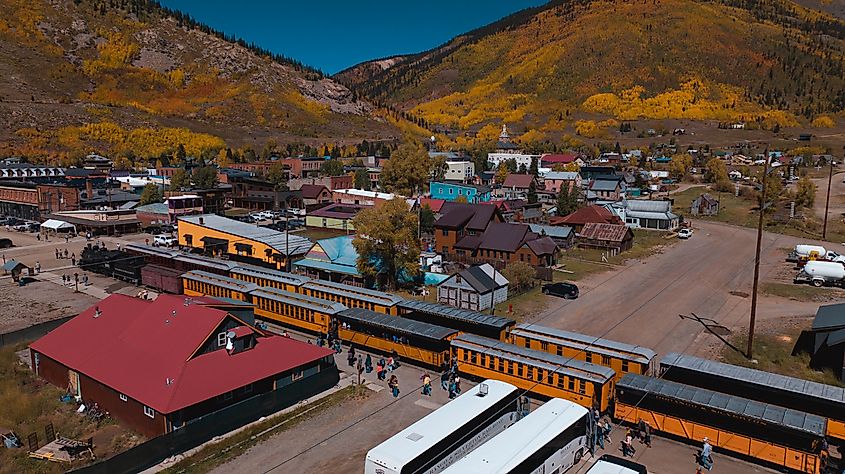
-
Historic features: Victorian-era downtown, original depot museum, preserved locomotives
-
Rail experience: Narrow-gauge steam trains travel 45 miles along the Animas River to Silverton, offering mountain vistas and wildlife sightings
Durango began as a railroad hub in 1880 when the Denver & Rio Grande Railroad connected southwestern Colorado to mining regions. The town grew rapidly, fueled by miners, settlers, and traders who relied on the railroad for supplies and transport. Today, Durango honors its heritage through the Durango & Silverton Narrow Gauge Railroad, a steam train journey along the Animas River that spans 45 miles to Silverton. The ride offers panoramic mountain vistas, wildlife sightings, and a sense of life during the mining boom.
Downtown Durango still has Victorian-era architecture, historic saloons, and period shops. Visitors can explore galleries, enjoy local breweries, and attend music festivals that highlight the town’s cultural roots. The surrounding San Juan Mountains provide opportunities for hiking, biking, and exploring old mining sites.
Williams, Arizona
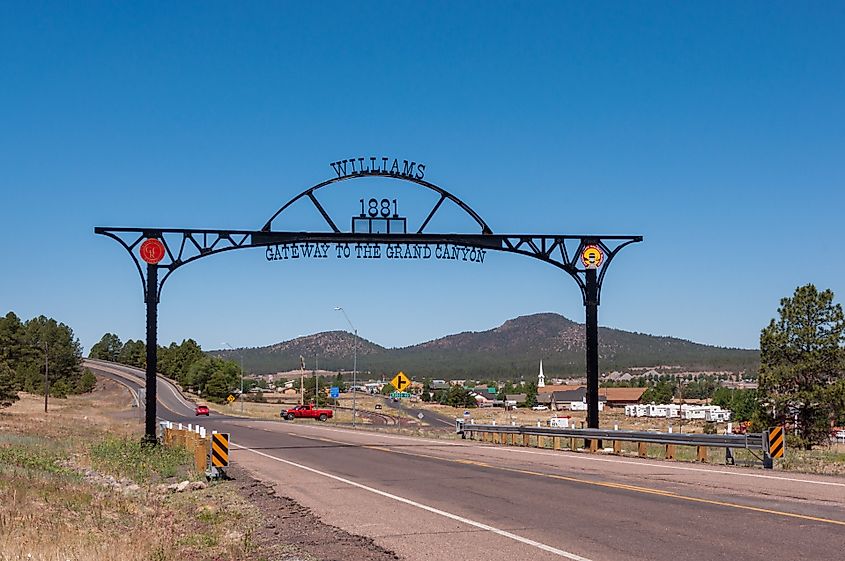
-
Historic features: Early 20th-century downtown buildings, Route 66 charm, original train depot
-
Rail experience: The Grand Canyon Railway still operates steam and diesel trains to the South Rim, with vintage dining cars and historic storytelling onboard
Founded in 1881 along the Atchison, Topeka & Santa Fe Railway, Williams earned the title "Gateway to the Grand Canyon." The railroad brought travelers, freight, and prosperity, shaping the town’s development. Its historic downtown is lined with early 20th-century buildings, many of which served passengers and railroad workers during the peak of rail travel.
The Grand Canyon Railway remains operational, offering steam and diesel trains from Williams to the South Rim. Onboard, vintage dining cars and historical narration recreate the experience of traveling in the railroad’s heyday. The town itself has embraced its western heritage, with murals, themed shops, and diners preserving the ambiance of a classic railroad town.
Leadville, Colorado
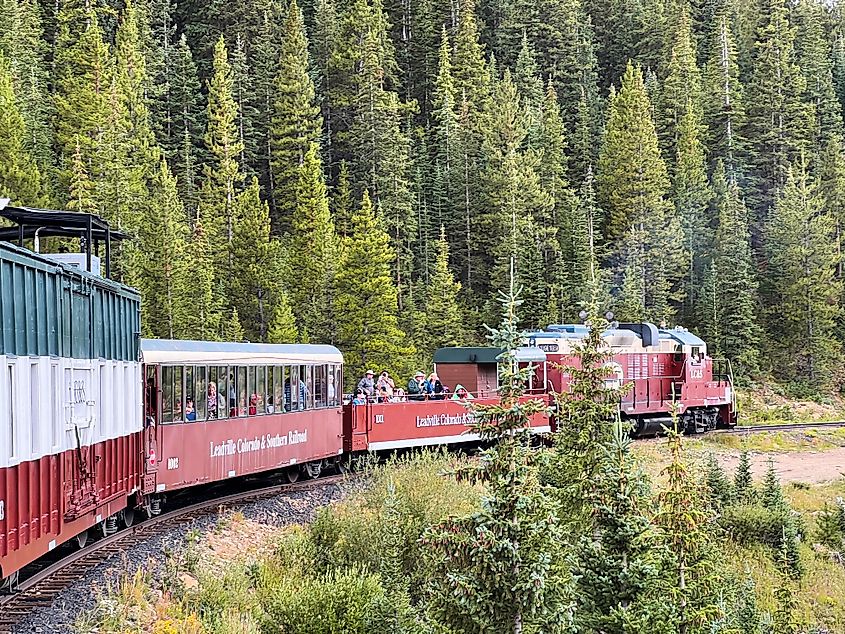
-
Historic features: Victorian homes, mining-era commercial buildings, original depot preserved as a museum
-
Rail experience: Leadville, Colorado & Southern Railroad offers scenic heritage rides through mountain passes and forested valleys
High in the Rockies, Leadville owes its existence to silver mining, with the Denver & Rio Grande Railroad as its lifeline. Situated over 10,000 feet above sea level, it became one of the nation’s highest rail towns. The railroad’s construction through steep mountain passes and winter snowfields was a remarkable feat, enabling the transport of ore, supplies, and workers.
Leadville’s historic district retains Victorian architecture and mining-era commercial buildings, many of which tell stories of the town’s boom years. Visitors can ride the Leadville, Colorado & Southern Railroad, traveling through scenic mountain passes, pine forests, and historic mining areas. The town also hosts festivals celebrating its mining past and railroad legacy, and nearby attractions such as Turquoise Lake and Mount Elbert provide outdoor recreation amid dramatic alpine landscapes.
Strasburg, Pennsylvania
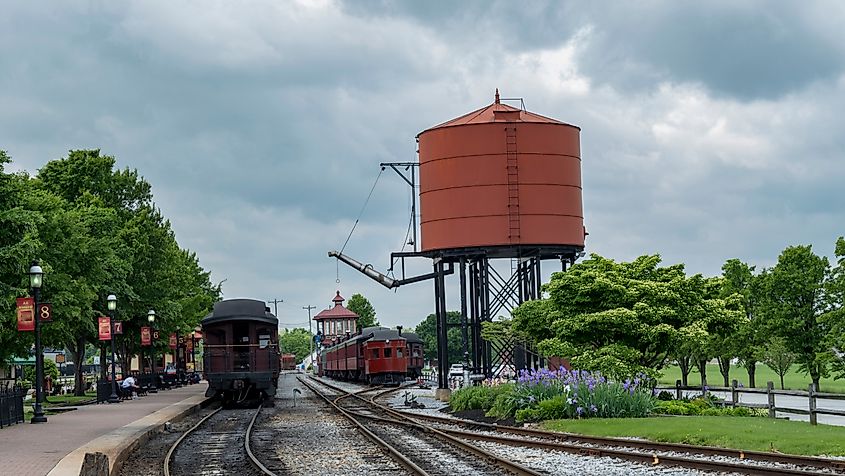
-
Historic features: Cobblestone streets, 19th-century buildings, Strasburg Rail Road Museum
-
Rail experience: Daily steam train rides through Lancaster County’s farmland, featuring restored coaches and freight cars
Strasburg is home to the Strasburg Rail Road, America’s oldest operating railroad, dating to the 1830s. Originally built to transport goods and livestock, the railroad enabled the town to thrive economically and culturally. The historic downtown features cobblestone streets, 19th-century buildings, and a depot that serves as a museum preserving the town’s rail history.
Visitors can ride steam trains through Lancaster County’s farmland, passing Amish communities, rolling fields, and restored rail cars. Strasburg also offers craft shops, Amish markets, and restaurants serving traditional Pennsylvania Dutch cuisine. Beyond the rail rides, the Railroad Museum of Pennsylvania showcases vintage locomotives and equipment used in rural life and railroad history.
Bisbee, Arizona
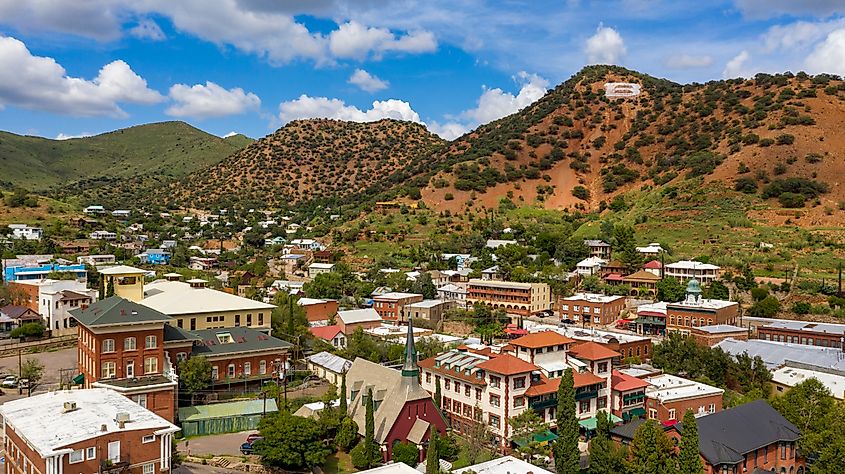
-
Historic features: Well-preserved mining-era downtown, original railroad depots, hillside neighborhoods
-
Rail experience: Guided historical rail tours explore old tracks, mining infrastructure, and rail-related architecture
Bisbee emerged in the late 1800s as a copper mining town, and the Southern Pacific Railroad connected it to regional markets. The railroad transported ore and materials, supporting the town’s economic growth. Bisbee’s steep hillside streets, colorful homes, and preserved mining-era buildings reflect the town’s railroad and industrial past.
Today, guided tours explore old rail tracks, mining structures, and historic neighborhoods. Bisbee has become a hub for artists, musicians, and history enthusiasts, with galleries, festivals, and walking tours highlighting its unique character. Nearby, the Queen Mine Tour and the Bisbee Mining & Historical Museum provide deeper insight into the town’s mining and railroad history.
Galena, Illinois
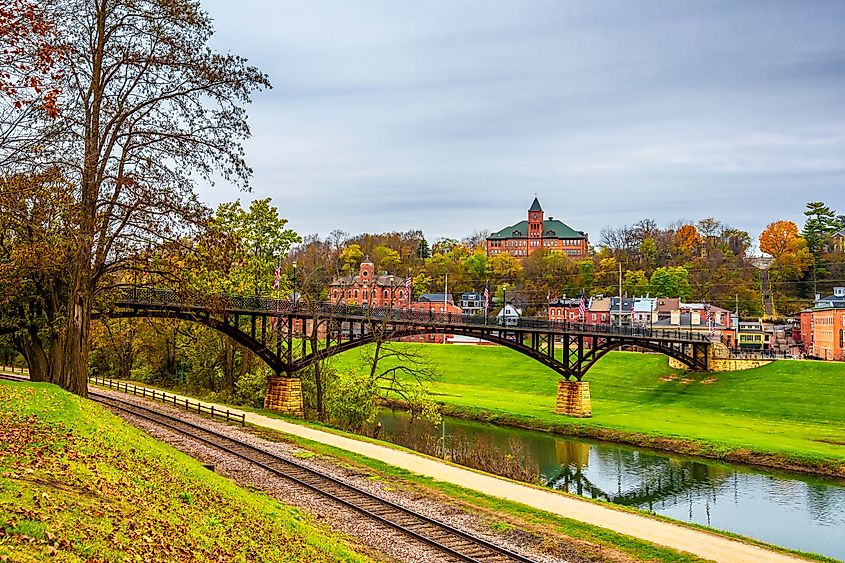
-
Historic features: Original train depots, cobblestone streets, well-preserved downtown architecture
-
Rail experience: Scenic heritage train rides and historical exhibits highlight the town’s rail history
Galena grew in the 19th century around lead mining and the Illinois Central Railroad. The railroad transported ore, goods, and passengers, making the town a bustling regional center. Today, Galena’s historic downtown retains much of its 19th-century charm, with cobblestone streets, original depots, and restored buildings that house museums, shops, and inns.
Visitors can explore the Ulysses S. Grant Home, walk along the Galena River Trail, or enjoy seasonal festivals celebrating the town’s history. Heritage train rides and local exhibits offer glimpses into the railroad’s role in shaping commerce and daily life.
Galesburg, Illinois
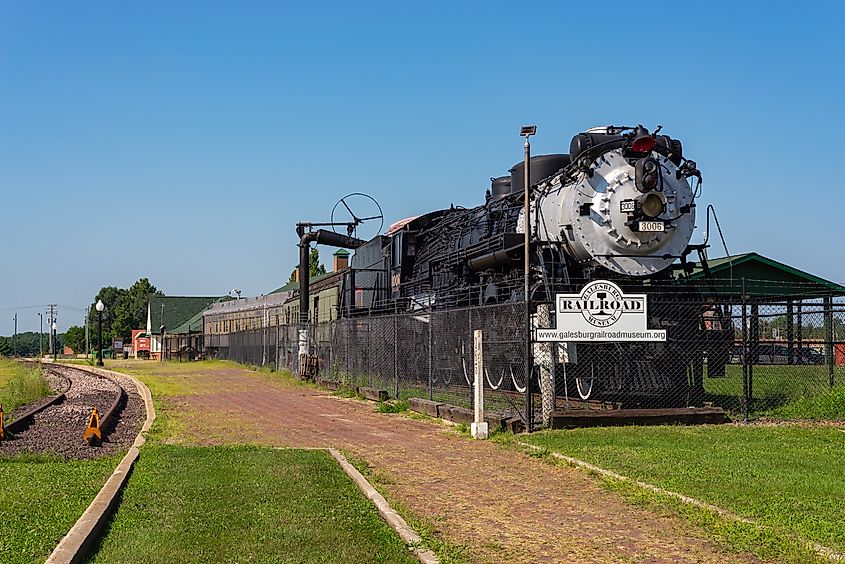
Historic features: Restored Galesburg Railroad Museum, preserved depots, Burlington Route heritage displays
Rail experience: Museum exhibits, Amtrak service, annual Galesburg Railroad Days festival
Galesburg became a major Midwestern rail hub in the 19th century thanks to the Chicago, Burlington & Quincy Railroad, which established extensive freight and passenger lines through the city. These tracks linked Chicago to the Great Plains, carrying grain, livestock, manufactured goods, and travelers across the region.
Today, the Galesburg Railroad Museum preserves this heritage with historic locomotives, cabooses, and artifacts from the golden age of rail travel. Visitors can watch modern freight and Amtrak trains from the station platform, explore exhibits detailing the town’s railroading past, and time their trip to coincide with the popular Galesburg Railroad Days festival, which brings together railfans, model train displays, and local history celebrations.
Step Back in Time
Visiting these historic train towns provides more than nostalgia. They offer a tangible connection to the era when railroads shaped the nation, influencing town layouts, commerce, and culture. Heritage rail lines, museums, and preserved depots allow visitors to see how railroads touched every aspect of daily life.
From the mountain vistas of Durango and Leadville to the Grand Canyon gateway of Williams and the mining charm of Bisbee, these towns are living monuments to America’s rail history. Whether you are a history enthusiast, a train lover, or a traveler seeking unique experiences, these towns invite exploration, offering scenic rides, historical storytelling, and local culture shaped by the age of rail.
Chart: Historic US Train Towns
| Town | State | Key Railroad | Highlight |
|---|---|---|---|
| Durango | Colorado | Denver & Rio Grande | Narrow-gauge steam trains to Silverton |
| Williams | Arizona | Atchison, Topeka & Santa Fe | Gateway to Grand Canyon Railway |
| Leadville | Colorado | Denver & Rio Grande | High-altitude heritage mountain train rides |
| Strasburg | Pennsylvania | Strasburg Rail Road | Oldest operating railroad in America |
| Bisbee | Arizona | Southern Pacific | Mining town with preserved rail-era architecture |
| Galena | Illinois | Illinois Central | Historic downtown and train depots |
| Galesburg | Illinois | hicago, Burlington & Quincy Railroad | Small-town rail history museum and festivals |
